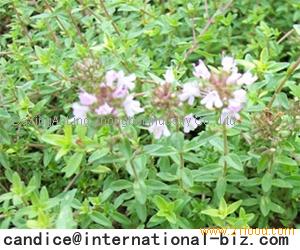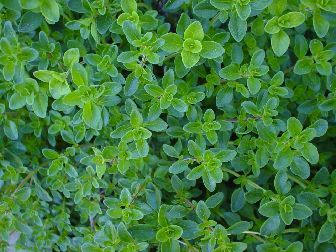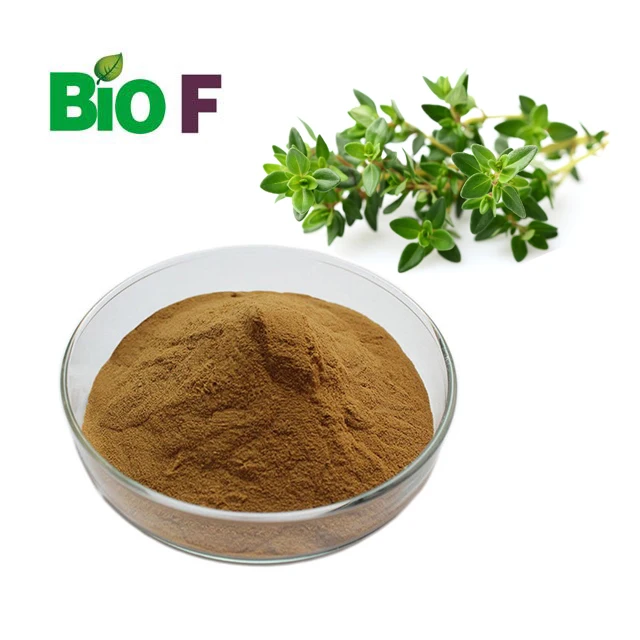
Therefore, this EO is contraindicated in persons allergic to thyme or other plants from the Lamiaceae family due to a possible cross-reactivity.
#WILD THYME EXTRACT SKIN#
In rare cases, an allergic reaction can occur, manifesting as skin rash, bronchospasm, asthma attack, and anaphylaxis. Skin administration in high concentrations may cause irritation. Although thyme volatile oil has cytotoxic properties in high concentrations and may cause intestinal cell damage when administered orally, no toxicity has been reported at commonly used doses, and it can be considered as a safe drug. It exerts an antibacterial effect on Gram-positive and Gram-negative bacteria and has antiviral (herpes simplex virus type I, human rhinoviruses and influenza viruses), antifungal, antioxidant, anti-inflammatory, and spasmolytic activity. Nowadays, it is generally used as an expectorant in cough associated with cold and also in dentistry as a disinfectant. Thyme herb and its volatile oil have long been used for the treatment of upper respiratory tract infections, symptoms of bronchitis, parasitic infections, pruritus associated with dermatitis, bruises, and sprains. The bioactivity and toxicological actions of carvacrol were described by Sharifi and co-workers. Oral bioavailability referred to as thymol sulfate is approximately 16% and the plasma half-life is approximately 1.5 h. Thymol metabolites are presented in Figure 3. The formation of glucuronide was observed only at higher doses.

It is found in the form of thymol sulfate in plasma, and two phase II conjugates-thymol sulfate and thymol glucuronide-can be found in the urine. Thymol after oral administration is rapidly absorbed and slowly eliminated approximately within 24 h. Structures of thymol, carvacrol, and other thyme EO components- p-cymene, γ-terpinene, linalool, β-myrcene, terpinen-4-ol-are shown in Figure 2. Carvacrol, on the other hand, is a colorless to pale yellow liquid, insoluble in water but highly soluble in ethanol, acetone, and diethyl ether and with a thymol odor.

Thymol is a colorless, crystalline compound with characteristics including strong odor and solubility in alcohol and other organic solvents, but it is only slightly soluble in water. The scheme of the biosynthesis pathway is shown in Figure 1. Both these monoterpenes are biosynthesized by the hydroxylation of p-cymene after the aromatization of γ-terpinene to p-cymene. The main components of thyme EO are the isomeric phenolic monoterpenes thymol (2-isopropyl-5-methylphenol) and carvacrol (2-methyl-5-(propan-2-yl)phenol). vulgaris species, differing in the main component of EO, but only “thymol type” with thymol as the main constituent is listed in the European Pharmacopoeia. There are also numerous chemotypes within the T. Thyme EO compounds belong to various chemical groups including monoterpenes, monoterpene alcohols, phenol derivatives, ketones, aldehydes, ethers, and esters. Detailed information about these components can be found in the literature. When discussing the chemical composition and activity of thyme herb and its hydroalcoholic extracts, except for the volatile fraction, non-volatile components such as flavonoid glycosides, caffeic acid oligomers, simple phenolic acids, hydroquinone derivatives, and terpenoids should also be taken into account.

The scope of medical usage, preclinical, and clinical data, as well as the chemical composition of thyme herb and EO, have been summarized and published by the Committee on Herbal Medicinal Products (HMPC) of the European Medicines Agency (EMA) as the corresponding assessment reports and monographs. The thyme herb, EO, and their main volatile components-thymol and carvacrol-have found wide application for therapeutic objectives. Thyme EO is defined as a product of the steam distillation of fresh flowering aerial parts of one or a mixture of both species with 37–55% thymol and 0.5–5.5% carvacrol concentrations. zygis or their mixture with 12 mL/kg of minimum essential oil (EO) and minimum thymol and carvacrol contents of 40%. X definition, thyme herb is described as whole leaves and flowers separated from the dried stems of T. X) are used for the production of medicines.Īccording to the Ph. Nowadays, only standardized preparations of thyme herb and essential oil that meet the requirements of national pharmacopeias or European Pharmacopoeia X (Ph. is the most well-known herbal substance in the pharmaceutical industry.

A thyme herb obtained from Thymus vulgaris L. These plants, originating from the Mediterranean area, are commonly used for food, cosmetic, and medicinal purposes. The genus Thymus from the Lamiaceae family contains many representatives.


 0 kommentar(er)
0 kommentar(er)
